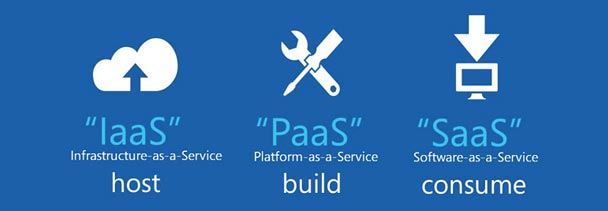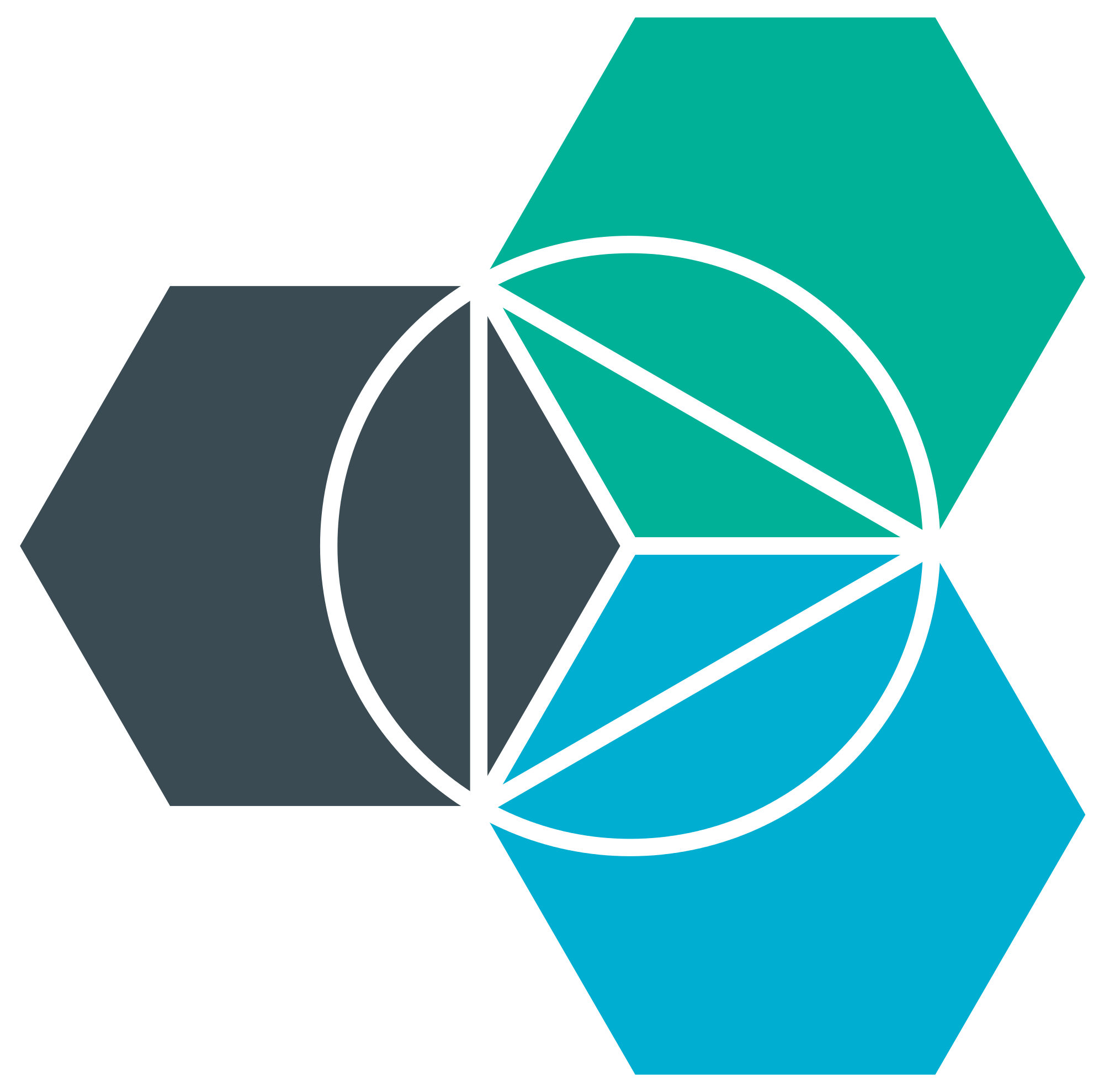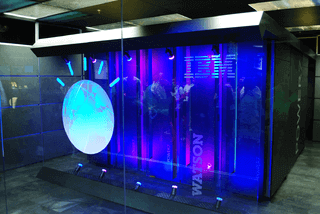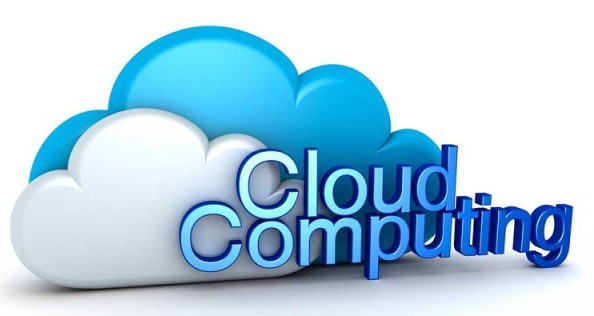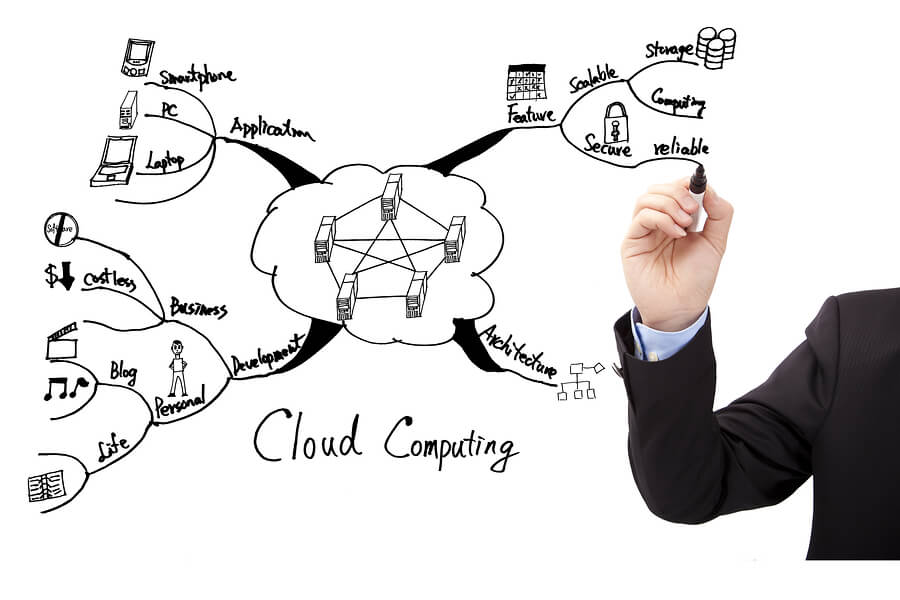It has been long since the cloud computing services have provided solutions to many organizations. But all these services are derived from the three most fundamental models of cloud services: SaaS (Software as a Service), PaaS (Platform as a Service) and IaaS (Infrastructure as a Service). In this article we describe in simple and plain English what these three fundamental models mean and how they differ from each other.
Image Courtesy By : Edx
Here is What You Need to Know about Cloud Services:
SaaS (Software as a Service):
Compared to the other fundamental cloud services, SaaS are the fastest growing ones. This tremendous customer demand is due to its capability of offering extended convenience to its users. In this model, the applications hosted by the cloud service providers are delivered to the client-side (users) over the Internet. Also the fact that there is no need to download or install these applications makes them much simpler and a web browser on the client-side is all that’s required. These applications are generally regarded as on-demand software. The most popular SaaS applications are the e-mail and customer relationship manager (CRM).
Examples: Microsoft Office 365, Gmail, SalesForce
PaaS (Platform as a Service):
This model is not as simple as the SaaS or not as complex as the IaaS. PaaS provides the client a platform (an environment) to develop and deploy new software abstracting their work on servers. Here developers or organizations are free to customize the software as per their requirements. This model provides a quick, cost-effective and simple environment to clients for developing, testing and deploying software. With this model business don’t have to bother about all the hardware and network aspects, thus, allowing them to concentrate more of business development and scalability.
Operating Systems, Web Servers, Programming Language execution environment are some of those included in the platforms offered in cloud platform services.
Examples: Google App Engine, Force.com, Windows Azure.
IaaS (Infrastructure as a Service):
As it goes with the other two fundamental cloud services, the IaaS model also provides access to computer resources over the ‘the Cloud’. But it is of the much higher order than SaaS and PaaS; where-in-which the client has the entire infrastructure in his control. It is the most preferred model amongst the others and also can be used for development and deployment of not just applications but also SaaS and PaaS themselves. In this model, the power of the cloud service provider is restricted to maintaining all the hardware resources (storage, servers, networking etc.).
Most generally speaking, purchasing the IaaS model involves paying for the data consumption and is quite similar to paying your electricity bills or Broadband bills.
Examples: Softlayer, CloudSigma, Google Compute Engine
Conclusion:
The common aspects of all these three fundamental cloud services is that they help organizations develop cost effective and quick applications leaving the hardware and maintenance into the hands of the cloud service providers. The best model among these three depends completely on the organizations.

